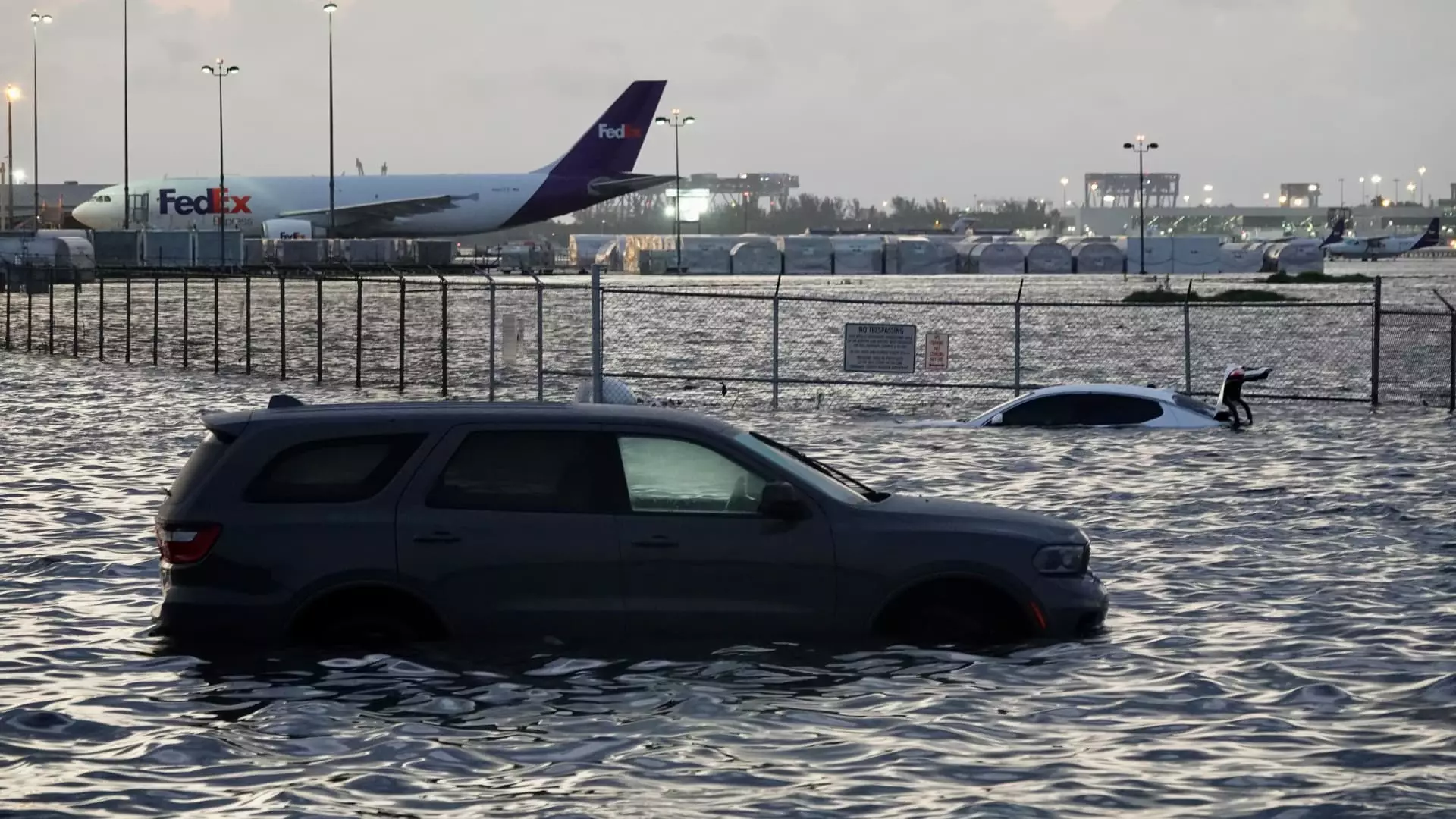America’s infrastructure, once the backbone of economic growth and national stability, is teetering on the edge of collapse — not from neglect alone, but from a failure to adapt to rapidly changing climate conditions. Decades-old bridges, airports, and power grids were designed under the assumption of relatively stable weather patterns. Now, as climate disruptions intensify, these structures are succumbing to extreme weather events, exposing the nation’s profound structural weaknesses and managerial complacency. The American Society of Civil Engineers’ recent grade of ‘C’ resoundingly reflects this failing, highlighting that most infrastructure is fundamentally ill-equipped to withstand current and projected climate challenges.
What’s most alarming is that these vulnerabilities are not just isolated incidents—they’re symptomatic of systemic negligence rooted in outdated planning. Flooded runways at Fort Lauderdale, highway bridges swelling and getting stuck open in New York, power outages caused by storm surges—such disasters reveal the degree to which critical infrastructure has been left unreinforced in the face of clear scientific warnings. These failures are not coincidence but a consequence of a systemic failure by policymakers and industry leaders to prioritize resilience and innovation over political convenience and short-term costs.
Climate Change: An Unpredictable Threat to Critical Sectors
The severity of climate-related risks varies across sectors, yet the trend is unmistakable: all facets of infrastructure are increasingly at stake. Airports, vital to economic connectivity, are succumbing to floods and heat-related damage, while power grids face simultaneous threats from wildfires, hurricanes, and droughts. Telecommunications networks, the lifelines of modern society, are likewise vulnerable, with about 17% facing major risks from natural disasters. The irony lies in the fact that, for most of these sectors, infrastructure was built generations ago, based on climate assumptions that have now been invalidated.
This misalignment between infrastructure design and reality underscores a fundamental flaw: a neglect of proactive adaptation. Engineers and planners had little incentive to anticipate a future of extreme temperatures, unpredictable storm patterns, and rising sea levels. Now, the consequences are undeniable. Structural failures become not only costly but dangerous, risking lives, economic stability, and national security. Yet, the response remains timid, hamstrung by budget constraints, political resistance, and outdated visions that do not prioritize climate resilience.
The Political and Scientific Shortcomings Fueling the Crisis
Science is the foundation of resilience, yet current political narratives threaten to erode the very knowledge that could save millions. Recent reductions in climate science agencies—such as NOAA and FEMA—signal a dangerous complacency at a time when robust data is crucial for effective decision-making. Without accurate, up-to-date scientific guidance, the nation risks making investments based on flawed assumptions, further exacerbating structural vulnerabilities.
Economic interests and political ideologies have often clashed over the importance of climate science, with partisan disputes delaying essential reforms. The Trump administration’s significant cuts, including the shutdown of programs dedicated to resilient infrastructure development, reflect a shortsighted approach focused on immediate fiscal austerity rather than long-term sustainability. Such policies directly undermine efforts to modernize infrastructure to withstand the realities of climate change, placing future generations at unnecessary risk.
Underinvestment and the Path Forward
The financial scope of the crisis is staggering. The ASCE estimates a $3.7 trillion investment gap over the next decade—an immense sum, but one that pales compared to the rising costs of climate-related damages. Infrastructure funding has historically been under prioritized, and recent budget cuts exacerbate this problem. Yet, ignoring these needs will only lead to soaring costs down the line—costs that could be mitigated through early, strategic investment.
Progress hinges on a paradigm shift: prioritizing resilience, embracing innovative engineering, and making climate science an integral part of infrastructure planning. Private capital can play a vital role, provided clear, consistent policies foster investment in resilient infrastructure. Insurance companies, too, are increasingly questioning the safety of insuring damaged assets, pressing for more comprehensive risk assessments.
Without courageous leadership willing to confront inconvenient truths and invest boldly in adaptation, the United States risks a future defined by preventable disasters, economic dislocation, and disillusionment. A failure to act decisively on infrastructure resilience is a failure to safeguard the prosperity and security of the nation itself.

